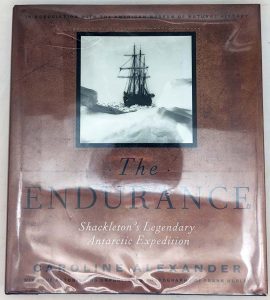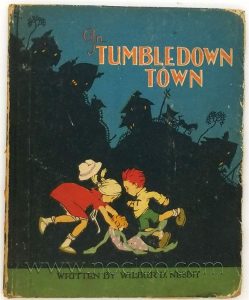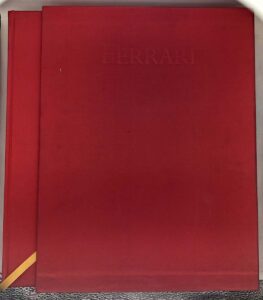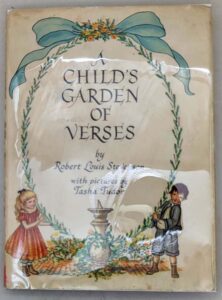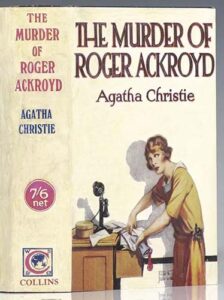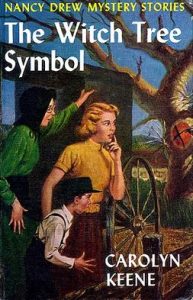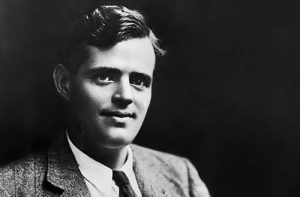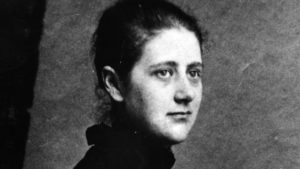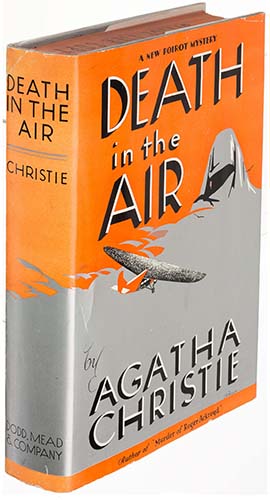
Death in the Clouds is a work of detective fiction by British writer Agatha Christie, first published in the US by Dodd, Mead and Company on 10 March 1935 under the title of Death in the Air and in the UK by the Collins Crime Club in July of the same year under Christie’s original title. The US edition retailed at $2.00 and the UK edition at seven shillings and sixpence (7/6). The book features the Belgian detective Hercule Poirot and Chief Inspector Japp.
References to other works
- In Chapter 6, Monsieur Fournier makes reference to Monsieur Giraud, the French detective whom Poirot meets in Murder on the Links.
- In Chapter 7, Poirot refers to a case of poisoning in which the killer uses a “psychological” moment to his advantage, an allusion to Three Act Tragedy.
- In Chapter 21, Poirot refers to a case in which all the suspects were lying, an allusion to Murder on the Orient Express.
Plot Summary
[SPOILER ALERT]
Hercule Poirot travels back to England on the midday flight from Le Bourget Airfield in Paris to Croydon Airport in London. He is one of eleven passengers in the plane’s rear compartment. The others include mystery writer Daniel Clancy; French archaeologists Armand Dupont and his son Jean; dentist Norman Gale; Doctor Bryant; French moneylender Madame Giselle; businessman James Ryder; Cicely, Countess of Horbury; the Honourable Venetia Kerr; and Jane Grey. As the plane is close to landing, a wasp is spotted flying around the rear compartment before a steward finds that Giselle is dead. Poirot, who has slept through most of the flight, dismisses the belief she died from a wasp sting. Instead, he points out a dart on the floor, which is found to have a poisoned tip: Giselle was stung in the neck with it. The question remains how she was murdered without anyone noticing.
The police find a small blowpipe in the side of Poirot’s seat. Annoyed at being identified as a suspect, he vows to clear his name and solve the case. Requesting a list of the passengers’ possessions, he notes something that intrigues him but doesn’t say what it is or to which passenger it refers. Aided by Jane in the investigation, Poirot works with Inspector Japp in England and Inspector Fournier in France. Clues gradually emerge: the victim had two coffee spoons with her cup and saucer; the blowpipe was bought in Paris by an American man; Lady Horbury is one of Giselle’s debtors, and had been cut off from her husband’s money; Giselle employed blackmail to ensure that her debtors didn’t miss their repayments; only the stewards and Clancy passed by the victim on the flight; Lady Horbury’s maid was on the flight after asking to be on it at the last moment.
Poirot pursues his enquiries in both London and Paris. On a flight to Paris, he conducts an experiment that shows that the use of the blowpipe, or anything similar, would have been noticed by the other passengers. It subsequently emerges that Giselle has an estranged daughter, Anne Morisot, who now stands to inherit her fortune. Poirot meets Anne and learns that she has an American or Canadian husband, whom she married a month earlier. Poirot afterwards comments that he feels that he has seen Anne before. When Jane makes a remark about needing to file a nail, he realises that Anne was Lady Horbury’s maid Madeleine – he had seen her come into the rear compartment during the flight when Lady Horbury summoned her to fetch a dressing-case. He immediately instructs Fournier to find Anne. French police discover her body on the boat-train to Boulogne, with a bottle beside it; she appears to have poisoned herself.
Poirot makes his dénouement of the case in the presence of Japp, Gale, and Clancy. Giselle’s killer was Norman Gale, who sought her fortune. The murder was carefully planned: Gale had brought his dentist’s coat on the flight, which he changed into after some time to pose as a steward, knowing no-one would pay attention to such a person. Under the guise of delivering a spoon to Giselle, he stabbed her with the dart, then removed his coat and returned to his seat before the body was found. Anne’s murder was part of the plan – Gale married her when he learned she was Giselle’s daughter, intending to kill her at a later date in Canada, after she had received her mother’s estate, and having ensured that he would in turn inherit the money from her. However, he had to kill her earlier than planned because she claimed her inheritance on the same day that Poirot met her.
The wasp that buzzed around in the rear compartment was released from a matchbox that Gale brought with him; both this and his coat had aroused Poirot’s suspicions when he read the list of passengers’ possessions. Both the wasp and the blowpipe, which Gale planted in the cabin, were intended to mislead. Gale denies Poirot’s theory, but after Poirot lies to him about the police finding his fingerprints on the bottle that contained the poison, he inadvertently lets slip that he wore gloves in Anne’s murder. Gale is arrested. Afterwards, Poirot pairs off Jane with Jean Dupont, who had fallen in love with her during the case.
Publication history
- Death in the Air (hardcover), New York: Dodd Mead and Company, 10 March 1935, 304 pp.
- Death in the Clouds (hardcover), London: Collins Crime Club, July 1935, 256 pp.
- Death in the Air (paperback), Avon, New York: Avon Books, 1946, 259 pp.
- Death in the Clouds (paperback), Fontana Books, an imprint of HarperCollins, 1957, 188 pp.
- Death in the Air (paperback), New York: Popular Library, 1961, 189 pp.
- Death in the Clouds (paperback), Pan Books, 1964, 188 pp.
The book was first serialised in the US in The Saturday Evening Post in six instalments from 9 February (Volume 207, Number 32) to 16 March 1935 (Volume 207, Number 37) under the title Death in the Air with illustrations by Frederick Mizen.
In the UK, the novel was serialised as an abridged version in the weekly Women’s Pictorial magazine in six instalments from 16 February (Volume 29, Number 736) to 23 March 1935 (Volume 29, Number 741) under the title Mystery in the Air. There were no chapter divisions and all of the instalments carried illustrations by Clive Uptton
Death in the Air – First Edition Book Identification Guide
The books are listed in the order of publication. While the majority of Agatha Christie’s books were first published in the UK. There are many titles that were first published in the US. The title of the book may differs from the UK edition in some cases.
| Year | Title | Publisher | First edition/printing identification points |
|---|---|---|---|
| 1935 | Death in the Air | Dodd, Mead & Co, NY, 1935 | First edition. Date on the title & copyright page matches. No statement of later printings. Decorative gray cloth lettered in red. ALSO: Triangle Books, 1939. "First Printing Movember 1939" stated on the copyright page. Blue cloth lettered in black. Price $ 2.00. |
| 1935 | Death in the Clouds | William Collins & Sons, London, [1935] | First English edition. "Copyright 1935" stated on the copyright page. No statement of later printings. Orange cloth lettered in black. Price 7/6. |
Note about Book Club Editions (BCE) and reprints:
UK: You can see statements of later reprint dates or of book club on the copyright page.
US: The US reprint publishers usually use the same sheets as the first edition and are harder to identify by looking at the title page or the copyright page. One may identify a BCE by looking at the DJ, which doesn’t have a price on top of the front flap and a “Book Club Edition” imprint at the bottom. If the dust jacked is clipped at both the top/bottom of the front flap. You can safely assume it’s a BCE . If the book is missing the dust jacket. Later BCE editions can be identified by its plain boards, while first printings are issued in quarter cloth.
Please refer to the gallery for detailed images of true first edition bindings and dust jackets.
Death in the Air – First Edition Dust Jacket Identification Guide
First edition bindings and various dust jacket printings identification.
